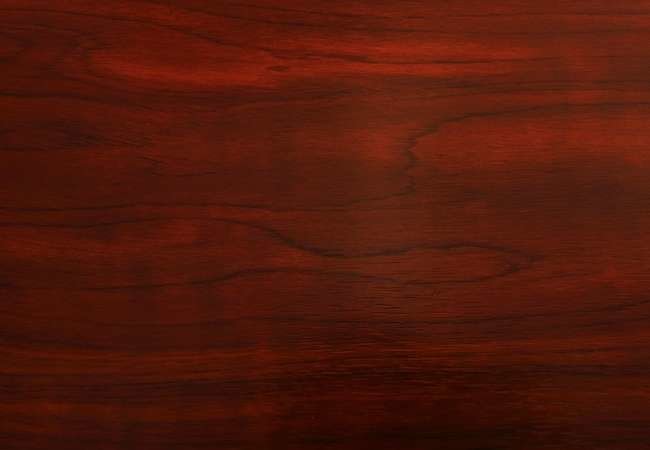

We may earn revenue from the products available on this page and participate in affiliate programs. Learn More ›
Home Advice You Can Trust
Tips, tricks & ideas for a better home and yard, delivered to your inbox daily.
Which Wood is Best

Storey Publishing
For a seasoned woodworker, like Spike Carlsen, former executive editor of Family Handyman and author of Woodwoorking FAQ: The Workshop Companion, choosing the right wood for the right job is second-nature. For the rest of us, it involves a bit of research. If you are tackling a project—and in doubt, read on to find out Carlsen’s top 10 picks for the best woodworking woods.
Ash
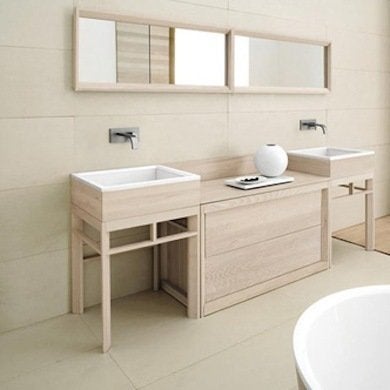
Trendir
Characteristics: Gray-brown; straight, pronounced grain; coarse texture; heavy and strong
Uses: Bats, hockey sticks, tool handles, furniture, curved boat parts
Price: $$
Butternut
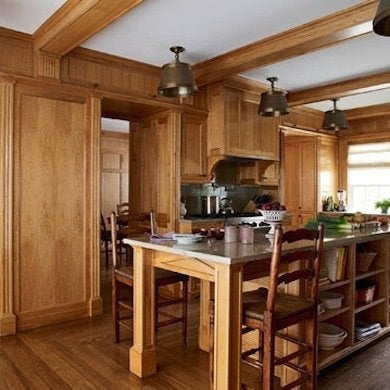
House Beautiful
Characteristics: White to light brown; soft; straight, coarse grain
Uses: Carving, cabinets, turning, kitchen utensils
Price: $$
Cherry
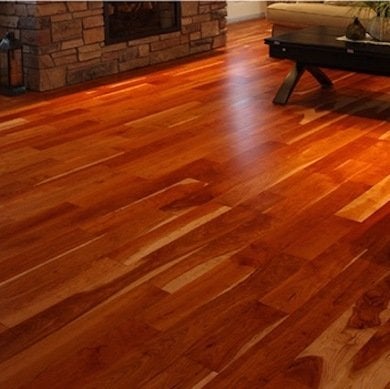
Core77
Characteristics: Light to dark, reddish brown; straight, faint grain; moderately hard; finishes well
Uses: Cabinets, architectural woodwork, furniture, pipes
Price: $$$
Hard Maple
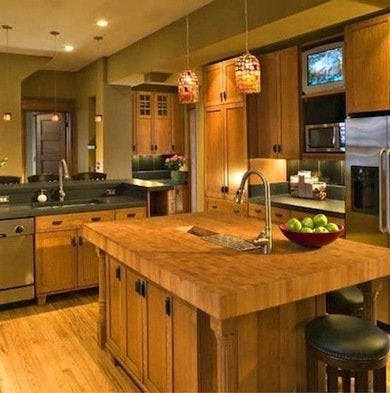
DeVos Custom Woodworking
Characteristics: Light, reddish brown; straight, faint grain; moderately hard; finishes well
Uses: Furniture, cabinets, flooring, butcher blocks, baseball bats, piano actions
Price: $$
Mahogany

Characteristics: Light to deep reddish brown; straight, interlocked grain; coarse texture
Uses: Fine furniture, office furniture, decorative veneers, stairways, boatbuilding, caskets, pattern making
Price: $$$
Pine
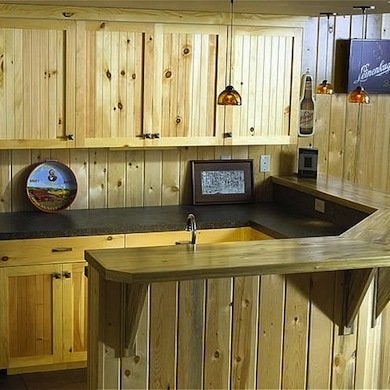
Characteristics: Pale yellow to light brown; soft and lightweight; stains poorly; good workability
Uses: Construction lumber, millwork, window sashes, doors, musical instruments, cabinets, paneling
Price: $
Rosewood

Characteristics: Chocolate brown to violet brown; amazing figure; heavy, hard, and dense (barely floats); oily; rare
Uses: Stringed instruments, turning, fine furniture, decorative items
Price: $$$$
Teak
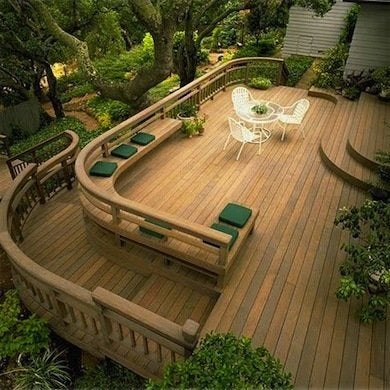
Characteristics: Golden brown; resists rot and moisture; oily; abrasive on tool edges; sawdust is an irritant
Uses: Outdoor furniture, boat decks, flooring
Price: $$$
Walnut
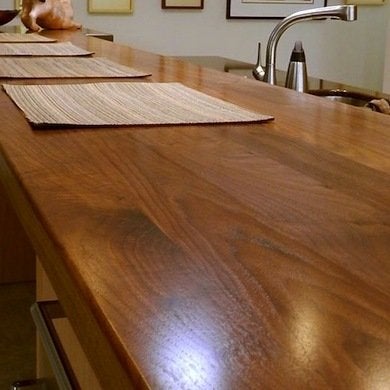
Characteristics: Light gray-brown to purplish brown; highly figured grain, burls, and crotches; polishes well; strong and stable
Uses: Furniture, carving, gunstocks, cabinets
Price: $$$
White and Red Oak
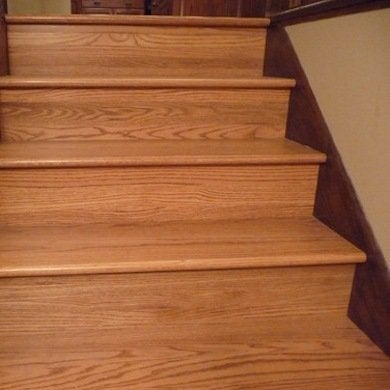
Characteristics: Reddish brown to tan; strong grain figure; hard and heavy; stains well
Uses: Cabinets, flooring, furniture; cooperage and boatbuilding (white oak only)
Price: $$

Meet the 2025 Tools of the Year
After months of scouring the market and putting products through their paces, we’ve named the best of the best in new tools. There’s something for everyone, from veteran pros to average Joes.